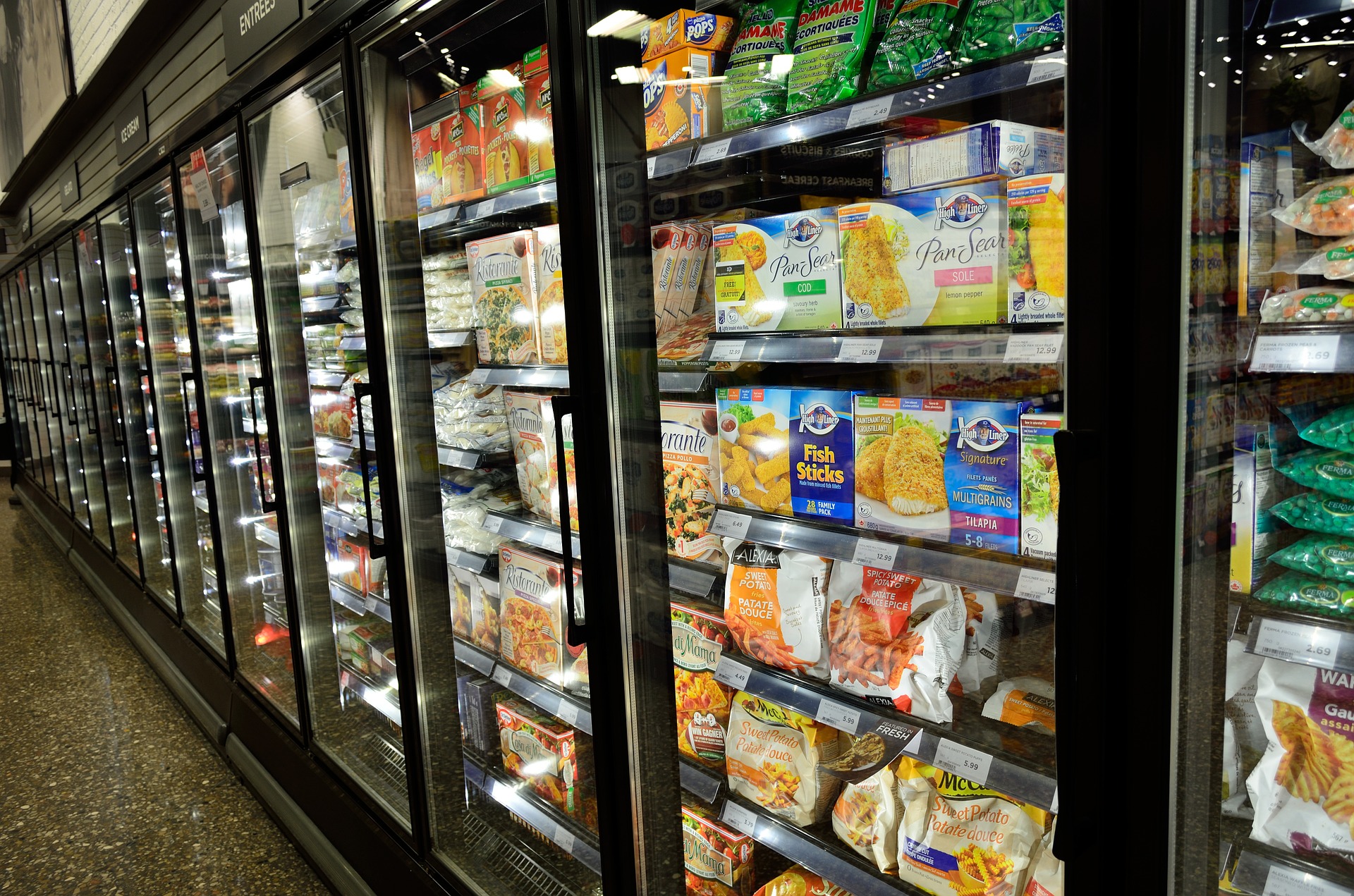Ask anyone how they’ve selected their go-to grocery store or stores, and they’ll likely list off a menu of reasons: proximity to their home or place of work, product selection, available discounts, store aesthetics, overall comfort or experience. As a consumer yourself, you choose where to do business based on these same factors. But as a facilities professional, you know what stores need to add to their recipe to make it a good one for employees and shoppers alike. Here, we offer four energy challenges facing grocery managers and considerations to overcome them:
1. Keeping your cool when dealing with HVAC and refrigeration: how to prevent food (and profits) from melting away
Energy is among the largest costs store operators must budget for and manage each month, right after real estate and payroll expenses—and it’s a sizeable line item. According to ENERGY STAR®, the average 50,000 square foot store uses more than $200,000 in electricity and natural gas each year.
While each of the aforementioned requires a substantial capital investment at their time of purchase, they also require lesser expenses during both routine and unplanned maintenance. But what is the break-even point? When does a system replacement make prudent financial ‘cents?’ And how do changes to federal and state mandates affect the viability of the replacement you’re considering? All are important factors that should be weighed when making energy decisions for your store or stores. The savings potential is sizeable if the right ingredients are mixed into your plan.
2. Finding the right shade of green: balancing CSR and costs
Of course, system selection doesn’t come strictly down to what balances the budget. Other factors, including corporate social responsibility, and namely, sustainability, are important factors to conscious consumers. Shoppers’ tolerance for things like plastic bags is diminishing; incorporating green energy solutions can help perpetuate a favorable brand and culture. Looming refrigeration mandates also make the case for going green.
The best energy options are those that can help your store go green while simultaneously helping you save green, especially now, as the spotlight shines on environmentally friendly options across many industries, including grocery.
3. To repair or replace, that is the question: knowing when and how best to manage and maintain HVAC and refrigeration systems
Cooling systems are designed for continuous operation, driven by the need to store food at safe temperatures. When the system goes down, there is no other option than to bring it back up into operation. The quick fix is the repair. After all, downtime equals a dip in profits and decreased customer satisfaction, a lose-lose situation.
A replacement, while seemingly a daunting task, may be the more prudent option in the long run. Oftentimes, when discussing replacement options, we recommend customers consider energy incentives available to them that might make a rollout of new systems feasible across multiple stores. A prudent strategy may even help to address points one and two, as well.
4. LED lights are a bright idea: understanding when and how to roll out a retrofit
Considering the attractive investment payback of energy-efficient LED lighting, most grocers have already begun retrofitting their stores, even if, in part, in back-of-store preparation and storage areas. Once operators see for themselves the corresponding increase in both lighting levels and energy savings, they advance outward toward front-of-store spaces: refrigerated display cases, the shopping floor and parking lot areas. This is but one piece of the pie. A thoughtful, integrated plan will incorporate this, and the aforementioned, for optimal operation and profitability.
While business priorities tend to focus on the customer experience, savvy operators realize that every dollar saved on energy goes directly to the bottom line. This is why—considering the grocery industry’s high-volume low-margin operational model—many cost-conscious owners have already begun actively investing in energy efficiency upgrades. Are you ready to do the same? We’d love to hear from you.

 4 Energy Challenges Facing Grocery Managers and Considerations to Overcome Them" />
4 Energy Challenges Facing Grocery Managers and Considerations to Overcome Them" /> 